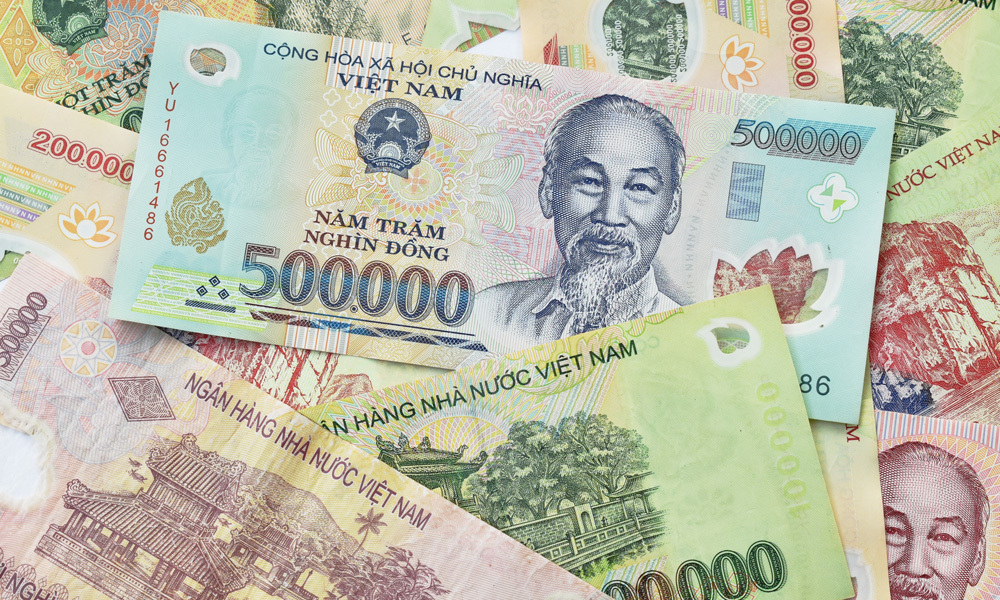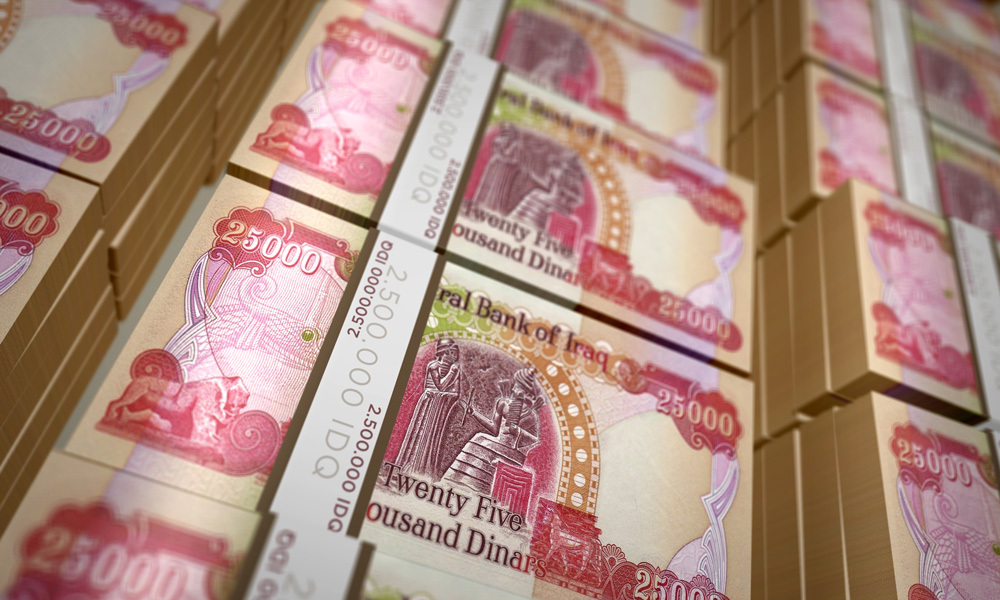Coin Grading Basics for Collectors
Minor differences in appearance can make huge differences in the value of a coin. That’s why valuable coins are professionally graded, and it’s important to understand how that’s done before starting to collect coins seriously.
Coin Grades
Nearly all coin dealers and collectors in the US and abroad use the Sheldon Coin Grading Scale to evaluate collectible coins. This process assigns a numerical grade to coins struck for normal circulation that ranges from 1-70 in four broad classifications: Circulated (1-15), Fine (20-45), About Uncirculated (50-58), and Mint State (60-70). Proof coins are graded separately and carry a PR designation.
Fine and Uncirculated grades are often further subdivided with descriptions like Very Fine (VF), Extremely Fine (XF), About Uncirculated (AU) and Brilliant Uncirculated (BU). While these terms have some descriptive value, they’re less precise: the number should be your guide.
Grading Basics
When it comes to determining a coin’s value, condition is one of two major considerations, the other being rarity. A Mint State 2019 half dollar is worth about face value: 50¢. But a heavily worn copper cent from 1792 can bring thousands of dollars. Grading becomes important in valuing coins within a given issue.
Coins can be separated into three basic groups: circulated, nearly new, and mint quality. Within each group, things like detail, damage, and brilliance are examined to assign numerical grades. Experts examine the coin under strong light and magnification to asses its condition, paying attention to things like wear on raised areas; nicks, scratches, handling marks, and other damage; and how much of the original luster of the coin remains. They know what’s supposed to be there and what isn’t. They can detect attempts to alter a coin to increase its value and manufacturing defects known as mint errors, some of which can add substantially to the coin’s worth.
DIY Grading
If you’re sorting through old coins to see what may be valuable, the first step is to decide what condition they’re in. Start by sorting potentially valuable coins into what you think are heavily circulated (worn), slightly worn (about uncirculated), and top quality (mint condition).
Get a 5-8 power magnifier and look for details under good lighting. Sort out the ones that look like they’re in the best condition. At that point, you can take them to a coin dealer you trust and decide whether to submit them to a grading expert. If you think a lesser quality coin might be valuable, bring it along, too.
Grading services employ trained experts who inspect coins and certify coins’ grades. One note of caution: while coin dealers may be experts too, their evaluations can be subjective and lean in their interests rather than yours.
If you suspect a coin may be particularly valuable, send it to an independent grading service…and expect to pay for it. Here are four of the better known grading services:
- ANACS, the American Numismatic Association Certification Service
- Independent Coin Graders (ICG)
- The Numismatic Guaranty Corporation (NGC)
- The Professional Coin Grading Service (PCGS)
All provide certificates of authenticity and return graded coins in sealed plastic “slabs” that are tamper-resistant and include all pertinent grading information. You can get submission details and costs on each company’s website.
Buying and Selling Graded Coins
Coin dealers are in business to make money, so expect to pay a little more when buying and get a little less when selling. If you’re buying from individuals or dealers you don’t know, be sure even slabbed coins include return privileges in case you suspect something is wrong. While the services listed above are trustworthy, all sellers aren’t. There are crooks who counterfeit grading certificates, and some are pretty good at it. Only buy from dealers you know and trust.
Up Next: What to look for when grading specific coins
Whether you’re a seasoned collector or just getting started, be sure to browse the selection of U.S. and foreign coins and banknotes available online from The Great American Coin Company®. Our inventory is constantly changing, so be sure to check back often.


